The Smartphones Mobile Gym Shift
The gym was once a sanctuary of analog effort, filled with barbells, chalk, and sweat. The rise of mobile phones has transformed this space into a digitally enhanced arena of performance, data, and personalization. From biometric tracking to virtual coaching, smartphones have embedded themselves into nearly every aspect of the fitness experience. This transformation is not superficial; it is structural, fundamentally altering how people train, interact, and measure progress. The mobile phone is no longer a distraction. It has become a tool of precision, motivation, and accountability. Its influence spans workout design, social dynamics, and even architectural layout. As fitness apps evolve and wearable integrations deepen, the gym becomes a hybrid zone that is part physical and part digital.
Workout Planning and Personalization
Mobile phones have replaced paper workout logs with dynamic, app-driven plans. Users now access tailored routines based on goals, body type, and fitness level, often updated in real time. Algorithms analyze past performance to suggest optimal sets, reps, and rest intervals. This personalization reduces guesswork and improves adherence. Apps like Fitbod and Jefit use machine learning to adapt workouts based on fatigue and recovery.
Trainers also use mobile platforms to deliver remote programs with video demonstrations and progress tracking. The result is a more efficient and customized training experience. Mobile phones allow users to switch between hypertrophy, endurance, or mobility plans instantly. This flexibility supports diverse goals and keeps routines fresh. The ability to log workouts digitally also enables long-term progress analysis. Over time, users can identify plateaus and adjust accordingly. The phone becomes a personal coach that is responsive, data-driven, and always accessible.
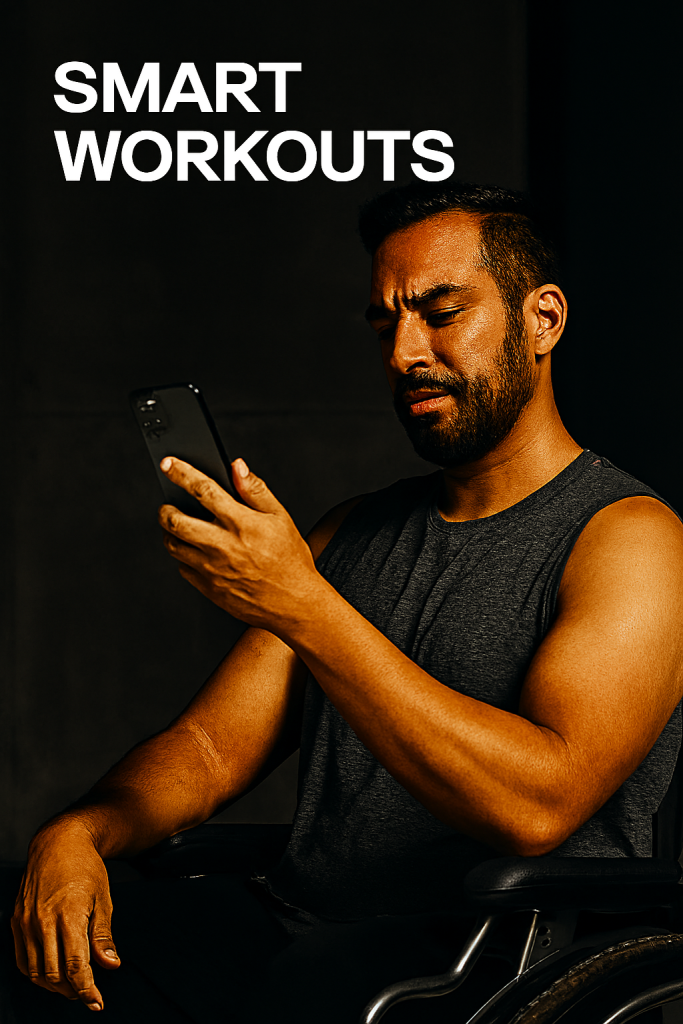
Sports Smartphones Change Of Personalization
Biometric Tracking and Feedback
Smartphones now serve as hubs for biometric data collected from wearables and sensors. Heart rate, oxygen saturation, sleep quality, and calorie expenditure are synced in real time. This feedback loop allows users to train within optimal zones, helping them avoid overtraining or underperformance. Apps like WHOOP and Garmin Connect provide detailed recovery scores and strain metrics. These insights influence training decisions and rest protocols.
Biometric tracking also supports injury prevention by flagging anomalies in movement or fatigue. The phone becomes a dashboard for physiological awareness. Users can correlate sleep patterns with workout intensity and adjust accordingly. This integration of health data into gym routines marks a shift toward holistic fitness. It is no longer just about lifting heavier weights. It is about training smarter. The mobile phone enables this shift by offering real-time insights and actionable data.
Virtual Coaching and Remote Training
Mobile phones have enabled a surge in virtual coaching, allowing users to access expert guidance without being physically present. Trainers now deliver personalized programs through apps, video calls, and messaging platforms. This remote model expands access to coaching across geographic and economic boundaries. Users can receive feedback on form, progress, and nutrition from anywhere. Video analysis tools allow coaches to review lifts and suggest corrections.
The phone becomes a bridge between expertise and execution. This model also supports asynchronous training, where users follow instructions at their own pace. It reduces scheduling conflicts and increases flexibility. Virtual coaching has also introduced accountability features like check-ins and progress reports. These tools help maintain consistency and motivation. The mobile phone transforms the trainer-client relationship into a dynamic, data-rich exchange. It democratizes access to high-level fitness guidance and makes expert support scalable.
Music, Mood, and Performance
Smartphones have revolutionized how gym-goers use music to enhance performance. Users can curate playlists that match workout intensity, mood, or specific goals. Fast-paced tracks are often used during high-intensity intervals, while ambient sounds support recovery and stretching. Music apps allow seamless transitions between genres and tempos. This personalization boosts motivation and focus. Studies show that music can reduce perceived exertion and increase endurance.
Mobile phones also enable real-time control over volume and track selection. Wireless earbuds and smart integrations eliminate the need for bulky equipment. The phone becomes a mood regulator and performance enhancer. Users can also access guided audio workouts and motivational tracks. These features create immersive training environments. Music is no longer background noise; it is a strategic tool. The mobile phone makes this tool accessible, customizable, and responsive to user needs.
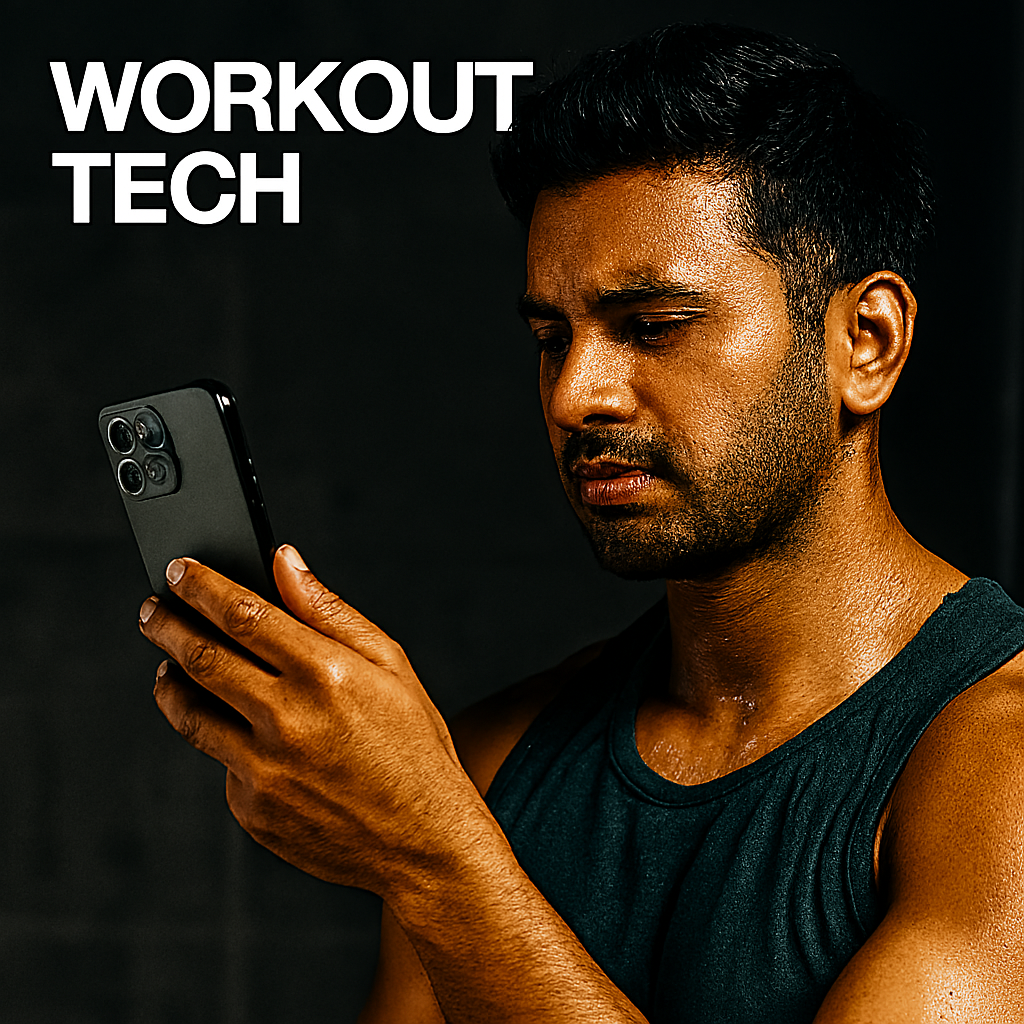
Social Sharing and Community Building
Smartphones have turned the gym into a social arena where progress is shared and celebrated. Users post workout summaries, personal records, and transformation photos on platforms like Instagram and Strava. This sharing fosters accountability and community. Likes and comments provide encouragement and validation. Fitness challenges and hashtags create collective goals and friendly competition.
The phone becomes a portal to a global fitness tribe. Social features also support peer learning, where users exchange tips and routines. This democratizes knowledge and reduces reliance on formal instruction. Community-driven apps offer leaderboards and group workouts. These tools increase engagement and consistency. The mobile phone amplifies the social dimension of fitness. It transforms solitary effort into shared experience. This shift enhances motivation and creates a sense of belonging.
Real-Time Metrics and Performance Analysis
Mobile phones now deliver real-time metrics during workouts, allowing users to adjust effort instantly. Apps display heart rate zones, pace, power output, and rep counts as they happen. This feedback improves training precision and safety. Users can avoid overexertion and optimize recovery. Real-time data also supports interval training and progressive overload. The phone becomes a live dashboard for performance. Wearable integrations enhance accuracy and depth. Metrics are stored for post-workout analysis, enabling long-term tracking. Users can identify trends and adjust programs accordingly. This data-driven approach replaces intuition with evidence. It supports smarter decisions and better outcomes. The mobile phone makes advanced analytics accessible to everyday athletes. It turns every workout into a measurable experiment.
Gym Layout and Equipment Integration
The presence of mobile phones has influenced how gyms are designed and equipped. Charging stations, phone holders on machines, and Bluetooth-enabled equipment are now standard features. Cardio machines often sync with fitness apps to track distance, speed, and heart rate. Some even allow users to stream entertainment or virtual routes during workouts. This integration enhances engagement and data accuracy. Free weight areas now include QR codes linking to instructional videos.
Mirrors are positioned to support video recording for form analysis. The mobile phone has become central to the gym’s infrastructure. Equipment manufacturers design with connectivity in mind, ensuring compatibility with popular apps and wearables. This shift reflects a broader trend toward digital-physical synergy. The gym is no longer just a space for movement. It is a platform for data collection, content creation, and personalized feedback. Mobile phones have made this transformation both necessary and inevitable.
Form Correction and Video Analysis
Smartphones allow users to record their movements and analyze form with precision. This capability reduces injury risk and improves technique. Apps like Coach’s Eye and MyLift offer frame-by-frame breakdowns and angle measurements. Users can compare their form to professional demonstrations and identify deviations. Trainers use video feedback to provide targeted corrections. This visual learning accelerates mastery and builds confidence. The phone becomes a mirror with memory, capturing progress over time. Video analysis also supports remote coaching and peer review. Users share clips for feedback and encouragement. This creates a collaborative learning environment. The ability to archive and revisit footage enhances long-term development. Mobile phones make form correction accessible, affordable, and scalable. They turn every lift into a learning opportunity.
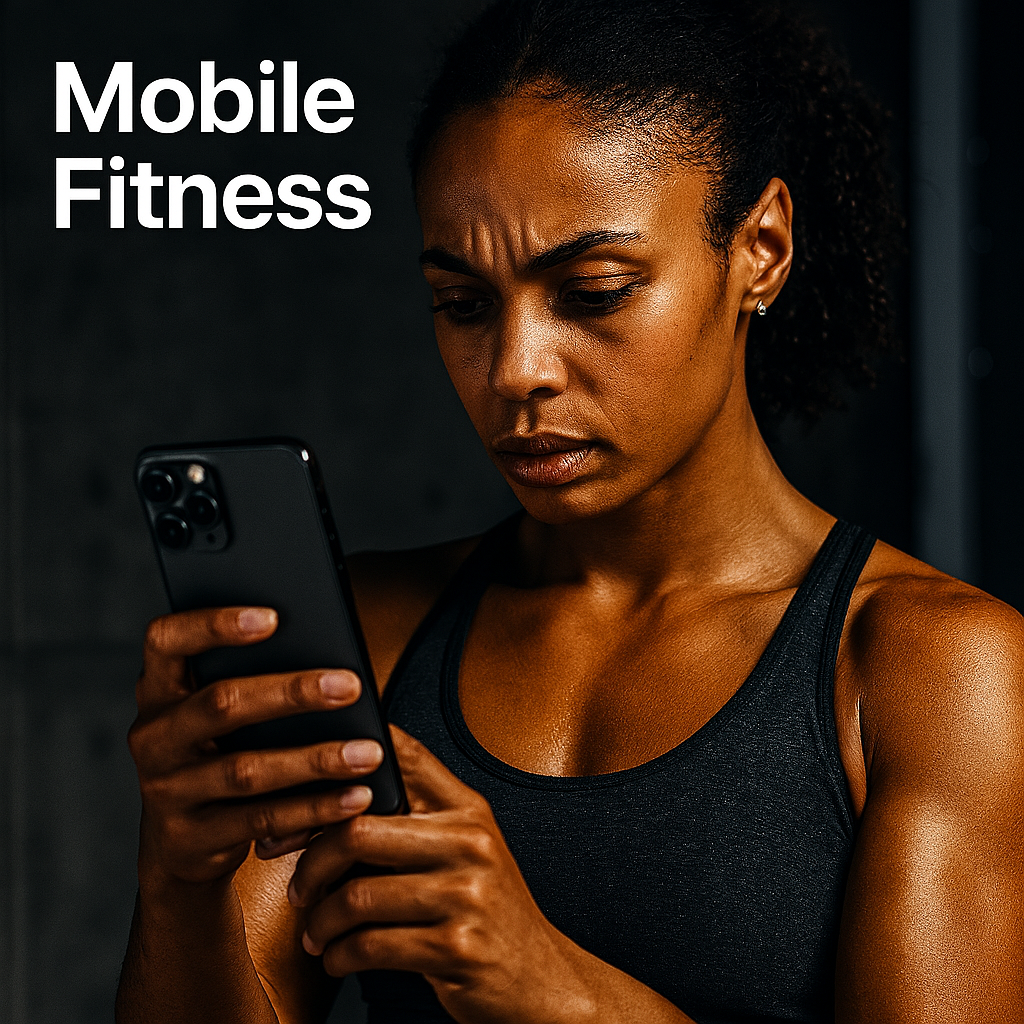
Scheduling and Time Management
Mobile phones streamline gym scheduling and time management. Users book classes, reserve equipment, and set workout reminders through apps. This reduces wait times and improves facility efficiency. Calendar integrations help users plan sessions around work and recovery. Push notifications ensure consistency and accountability. Time-tracking features monitor workout duration and rest intervals. This data supports goal setting and progress evaluation. The phone becomes a personal assistant for fitness logistics. Gyms also use apps to manage capacity and flow. Real-time updates inform users of peak hours and availability. This improves user experience and safety. Scheduling tools support habit formation and reduce friction. Mobile phones make time management a strategic part of fitness.
Nutrition Logging and Macro Tracking
Smartphones have made nutrition tracking an integral part of gym routines. Apps like MyFitnessPal and Cronometer allow users to log meals, scan barcodes, and monitor macronutrient intake. This data informs workout intensity and recovery strategies. Users can align their training with dietary goals, such as bulking, cutting, or maintenance. Real-time feedback helps adjust portion sizes and food choices. The phone becomes a nutritional compass, guiding decisions with clarity. Integration with wearable devices adds depth, correlating calorie burn with intake. Nutrition logs also support accountability and coaching. Trainers review entries and suggest improvements. This transparency enhances results and trust. Mobile phones make dietary discipline achievable and measurable. They connect the kitchen to the gym in a seamless loop.
Gamification and Motivation
Mobile phones have introduced gamification into gym routines, turning workouts into interactive challenges. Apps reward users with badges, points, and streaks for consistency and progress. Leaderboards foster friendly competition and community engagement. This game-like structure increases motivation and adherence. Users are more likely to complete workouts when they feel rewarded. The phone becomes a motivational engine, reinforcing positive behavior. Gamification also supports goal setting and milestone tracking. Visual progress bars and achievement notifications create a sense of accomplishment. This psychological reinforcement improves long-term commitment. Trainers use gamified platforms to engage clients and track performance. The mobile phone transforms fitness into a dynamic, rewarding experience. It makes discipline feel like play, without compromising results.
Inclusive Fitness – Mobile Empowerment for People with Disabilities
Mobile phones have become powerful tools for making gym environments more accessible to people with disabilities. From adaptive workout apps to voice-controlled interfaces, smartphones offer personalized support that bridges physical and logistical barriers. Users with mobility challenges can follow seated or modified routines through video demonstrations tailored to their needs. Apps like WheelFit and Adaptive Yoga provide structured programs designed for wheelchair users and those with limited range of motion. Voice assistants allow hands-free navigation of timers, music, and coaching cues, reducing reliance on touchscreens. For individuals with visual impairments, screen readers and high-contrast modes improve usability and independence. Mobile phones also support real-time communication with trainers, caregivers, or emergency contacts, enhancing safety and confidence during workouts.
Wearable integrations further expand accessibility. Devices can track heart rate, movement, and exertion without requiring manual input. This data helps users monitor progress and adjust intensity based on their unique physiology. Some gyms now offer app-based entry systems, equipment reservations, and virtual tours, allowing users to plan visits with greater autonomy. Mobile phones also foster community through disability-focused fitness groups and forums, where users share tips, routines, and encouragement. This sense of connection reduces isolation and builds motivation.
The mobile phone is not just a convenience—it’s a gateway to equity in fitness. It enables people with disabilities to engage with gym culture on their own terms, with tools that adapt to their bodies and goals. As technology continues to evolve, inclusive design will remain essential to ensuring that fitness is truly for everyone.
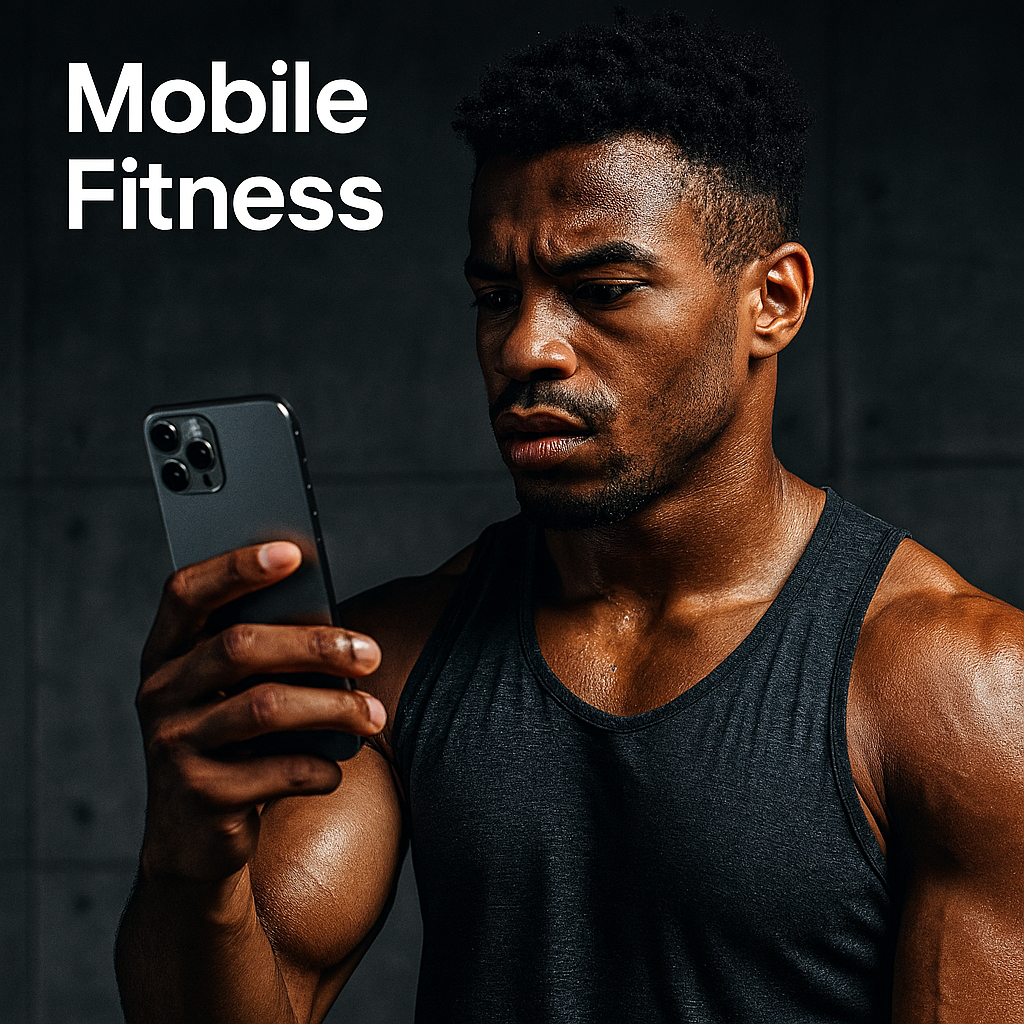
Safety and Emergency Access
Smartphones enhance safety in the gym by providing instant access to emergency services and health data. Users can call for help, share location, or access medical profiles in seconds. This is especially valuable for individuals with chronic conditions or training alone. Apps also offer injury protocols and first aid guidance. The phone becomes a safety net, reducing risk and improving response time. Wearables synced to phones can detect falls or abnormal heart rates and trigger alerts. Gyms integrate emergency contact features into their apps for rapid coordination. This digital infrastructure supports safer training environments. Mobile phones make safety proactive and accessible. They ensure that help is always within reach.
Educational Access and Skill Development
Smartphones provide instant access to educational content that enhances gym performance. Users watch tutorials, read articles, and follow expert advice on technique, programming, and recovery. This learning supports skill development and reduces reliance on trial and error. The phone becomes a gateway to fitness literacy. Apps offer structured courses and certifications for deeper knowledge. Trainers use educational platforms to upskill and share insights. This democratizes expertise and improves outcomes. Users can explore biomechanics, nutrition science, and psychology through curated content. The mobile phone turns the gym into a classroom. It supports continuous learning and informed decision-making.
Environmental Impact and Paperless Transition
Mobile phones have reduced the need for printed workout plans, schedules, and promotional materials. This shift supports sustainability and operational efficiency. Gyms now use apps for onboarding, contracts, and communication. Users access everything digitally, minimizing waste. The phone becomes a tool for environmental responsibility. Digital signage and QR codes replace posters and flyers. This transition aligns with broader eco-conscious trends. Mobile phones also support remote training, reducing travel and emissions. The paperless model improves agility and reduces costs. It reflects a modern, responsible approach to fitness management. Mobile phones make sustainability practical and scalable.
Conclusion
The mobile phone has reshaped the gym from the ground up. It influences how people train, learn, connect, and stay safe. This transformation is not a trend—it is a structural evolution. The gym is now a hybrid space where physical effort meets digital intelligence. Mobile phones empower users with data, guidance, and community. They make fitness more personalized, efficient, and inclusive. As technology continues to evolve, the role of the smartphone in fitness will deepen. It will become not just a companion but a co-pilot in every workout. The future of the gym is mobile, measurable, and adaptive. This shift is already underway, and its impact is both profound and permanent.
Join the Discussion
How has your mobile phone changed your gym experience? Do you use it for tracking, coaching, or motivation?
#MobileFitness #SmartGymCulture #DigitalTraining #FitnessTech #WorkoutEvolution #GymInnovation #VirtualCoaching #BiometricTraining #PaperlessGym #FitnessCommunity #PerformanceTracking #GamifiedFitness #EcoFitness #FormAnalysis #TrainSmarter
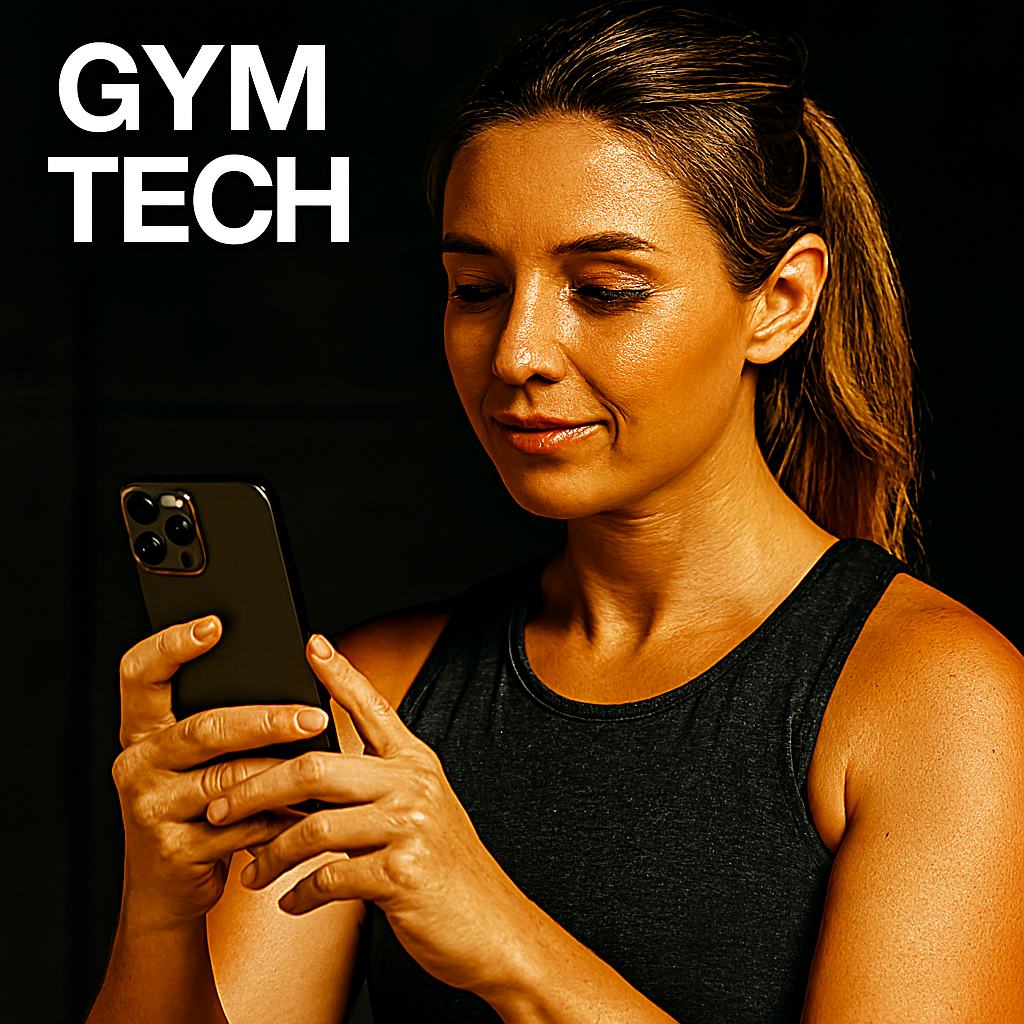
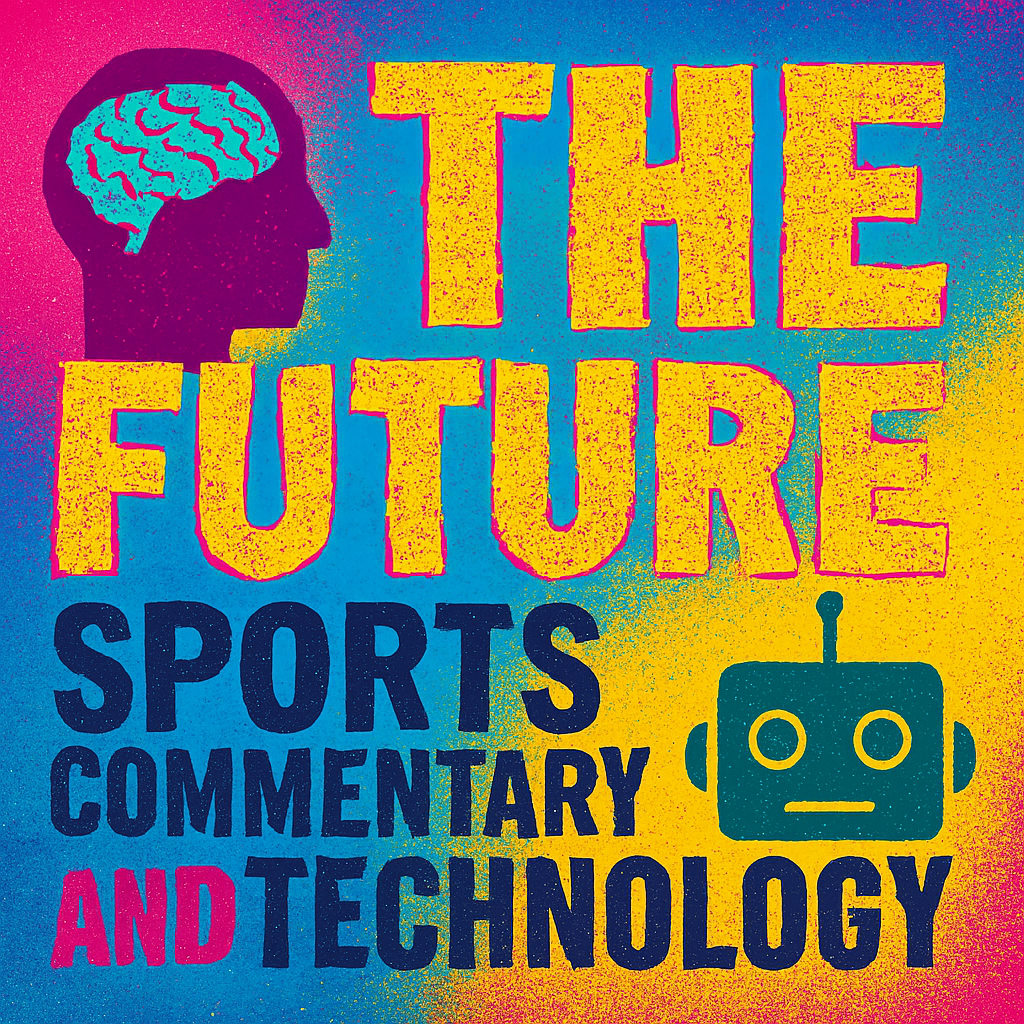



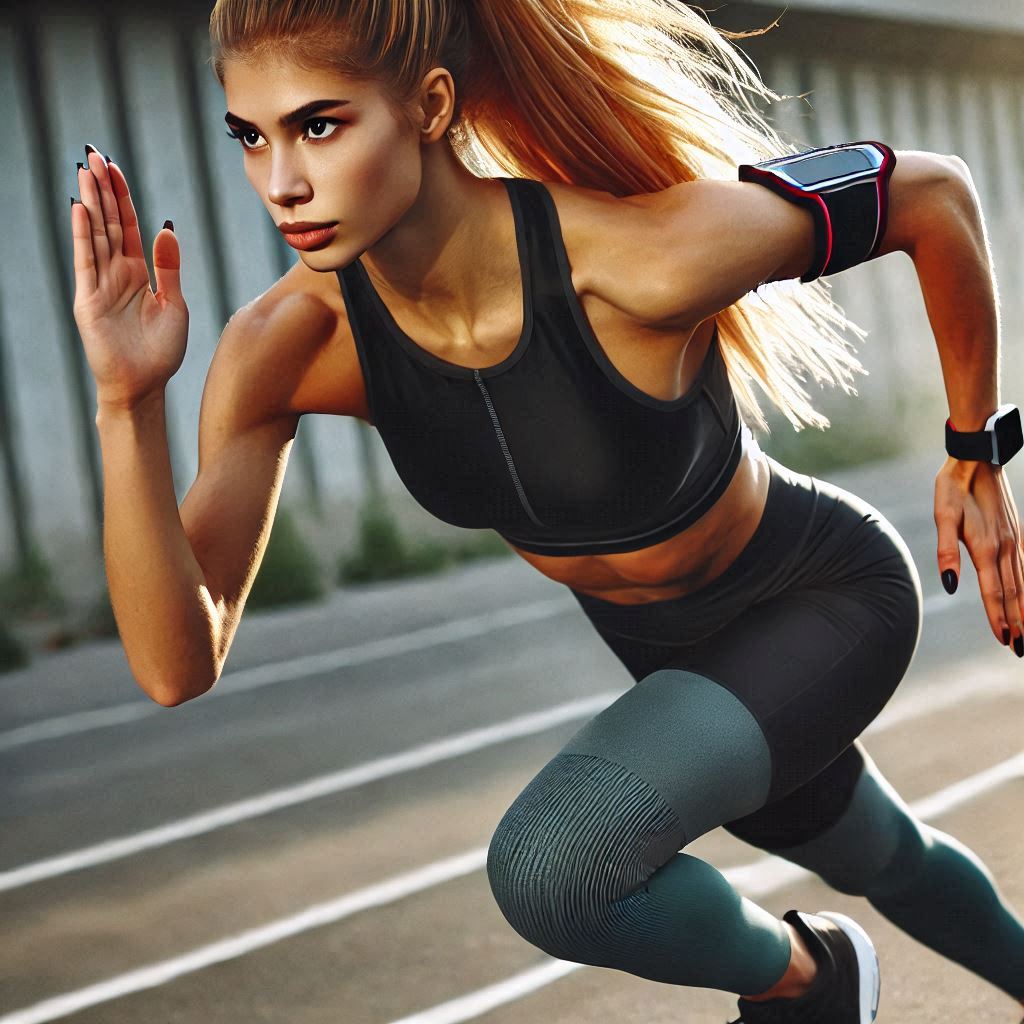

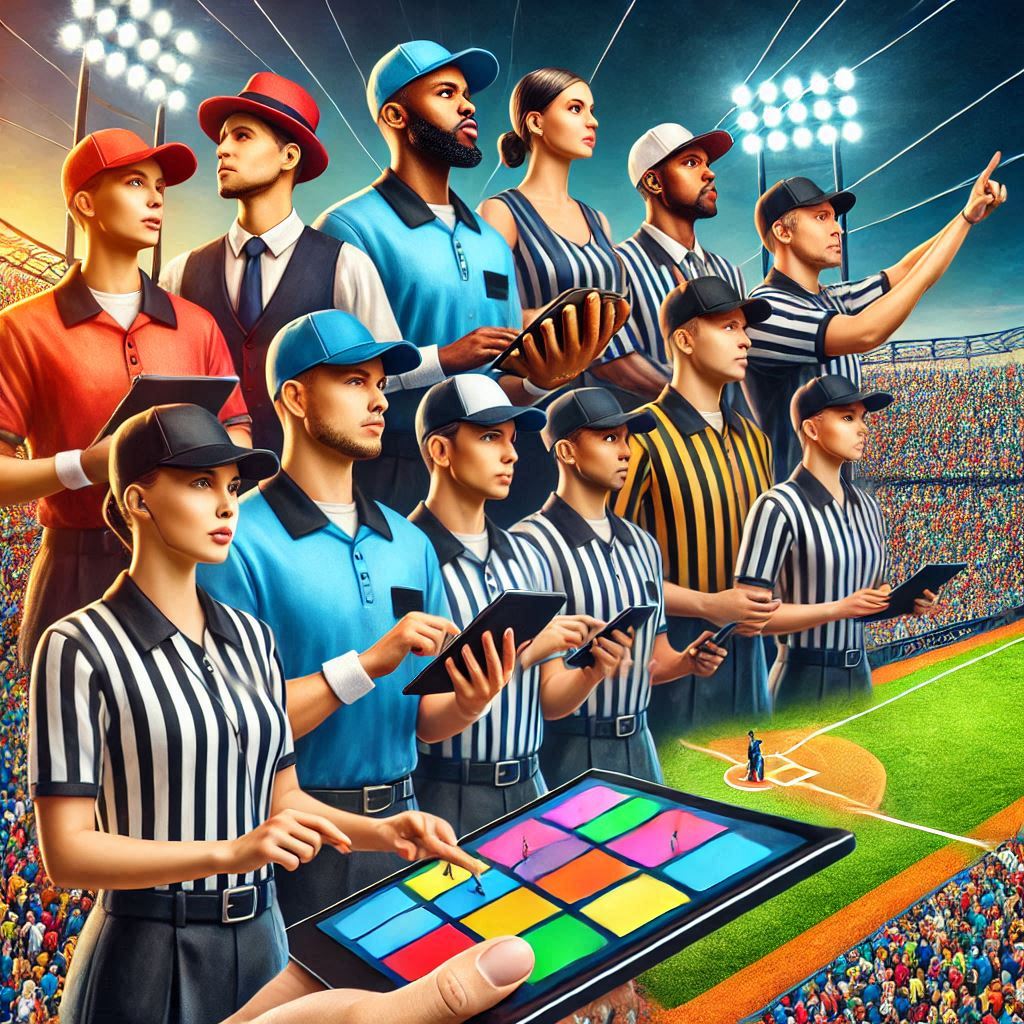







How Powerful Phones Reshape the Psychology of Gym Culture
[…] environments can be cognitively demanding. Mobile apps simplify routines into manageable steps. Visual cues and voice prompts reduce decision fatigue. This benefits neurodivergent users and […]